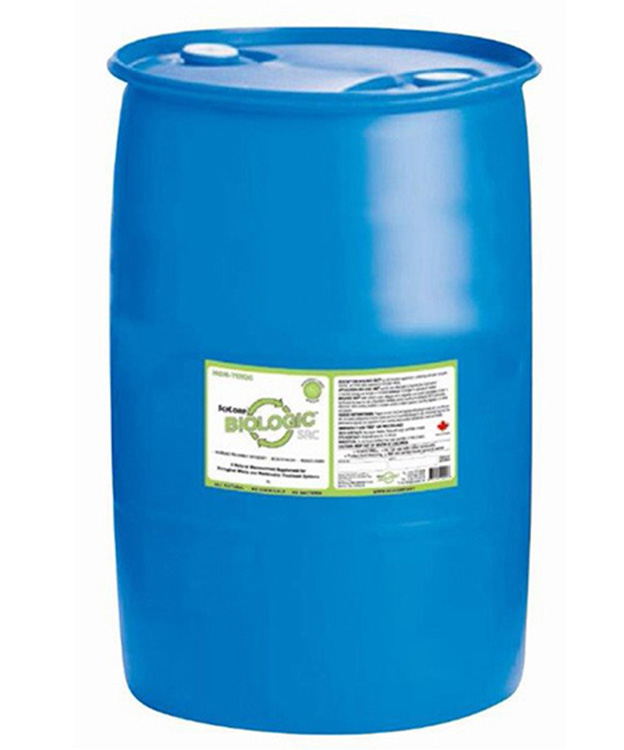Application of Deodorant Manufacturers in Domestic Waste Treatment
Garbage is the waste generated in everyone's daily life and work. Due to its large discharge volume and complex and diverse composition, it poses great difficulties in reducing and deodorizing waste.
The generation of garbage odor is due to the presence of a large amount of organic matter in household waste, such as leftover food, vegetables, fruits, roots, leaves, livestock, small animals, and fish skins, hair, fat, scraps, and some accumulated water. Due to poor ventilation and exposure, it can produce a certain amount of odor gases such as ammonia, hydrogen sulfide, and methane, which are commonly referred to as garbage odor. Many daily household waste is generated in residential areas, and the collection and treatment of waste will be based on the principle of being located in densely populated areas. In this way, the concentrated accumulation of waste during the disposal process will cause pollution to the surrounding natural environment. Especially in the scorching summer, the odor around the garbage disposal station causes unbearable suffering for the surrounding residents.
The current deodorization processes for garbage mainly include deodorization, plant agent deodorization, etc. Among them, deodorization is relatively clean. It dissolves and eliminates odor sources based on biological oxidation, with a wide range of deodorization. Moreover, it suppresses the number of bacteria or other harmful bacteria based on the balance of biological bacterial species, making it unable to produce odor. Dissolve organic compounds based on beneficial bacteria, avoid the production of ammonia and hydrogen sulfide (odor) from organic compounds, and prevent the generation and reproduction of harmful bacteria.

Deodorants contain various strains with strong decomposition ability, and there is a symbiotic relationship between each strain, forming a functional group that can inhibit the decay and decomposition of spoilage bacteria and turn to fermentation and decomposition. The organic acid substances produced can affect N S oxide undergoes degradation (decomposition), absorption, and fixation.
Deodorants have advantages that traditional methods cannot compare with, such as high treatment efficiency, no secondary pollution, simple operation, ability to deodorize from the root, and wide application. Their development and application prospects are very common
Article source: Deodorant manufacturer http://www.scneng.com.hk
-
06-11
"Environmental Doctor" Du Siyuan: Environmental Protection is a Lifestyle Attitude
There is a Hong Kong compatriot in Jiangmen who often frequents various farms and plantations, walks in mechanical factories, and is seen by others as the nemesis of environmental problems. He conside
-
03-16
Deodorant manufacturer: Deodorants reduce soil pollution
Waste is a chaotic mixture of various components. The accumulation of debris on the surface of soil can cause some chemical reactions, releasing harmful gases, which can lead to soil pollution and eve
-
12-01
Deodorant Manufacturers: Differences between Microbial Deodorants and Traditional Deodorants
The waste that is not needed in our daily life and work is called waste. Due to the large amount of waste discharged and the complex categories, there are great difficulties in reducing waste and deod
-
11-08
Application of Deodorant Manufacturers in Domestic Waste Treatment
Garbage is the waste generated in everyone's daily life and work. Due to its large discharge volume and complex and diverse composition, it poses great difficulties in reducing and deodorizing wa
